Stay organized with a detailed holiday monthly calendar. View all the national and international holidays month by month, helping you plan vacations and special events easily.
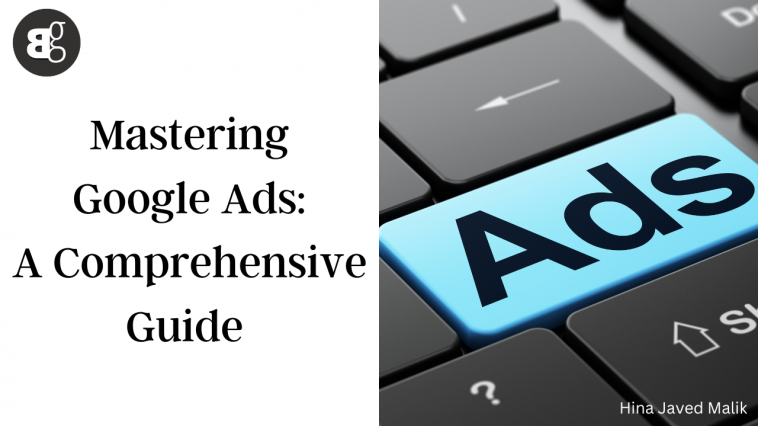
With great pleasure, we will explore the intriguing topic related to Mastering Time: A Comprehensive Guide to Google Calendar. Let’s weave interesting information and offer fresh perspectives to the readers.
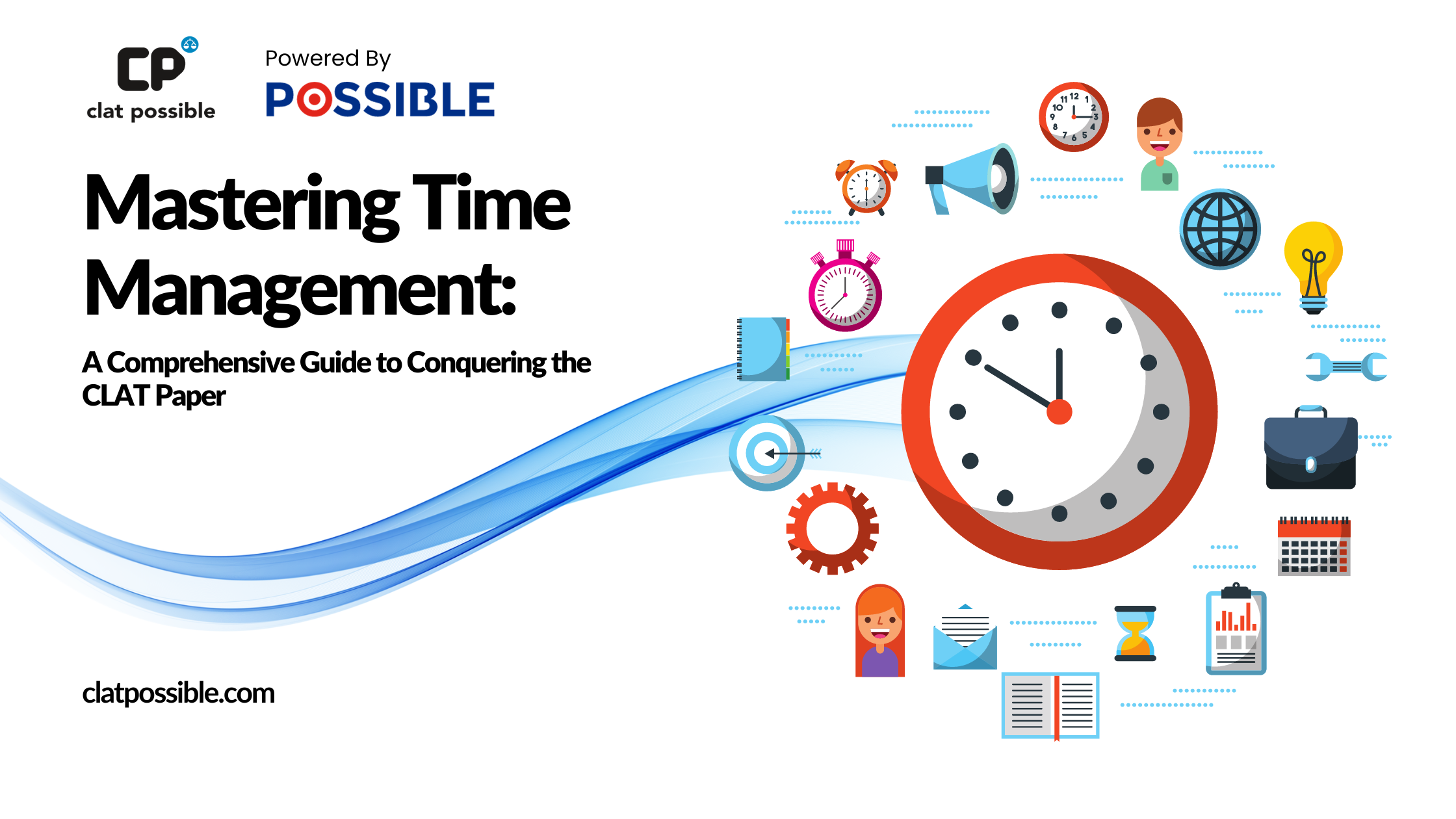

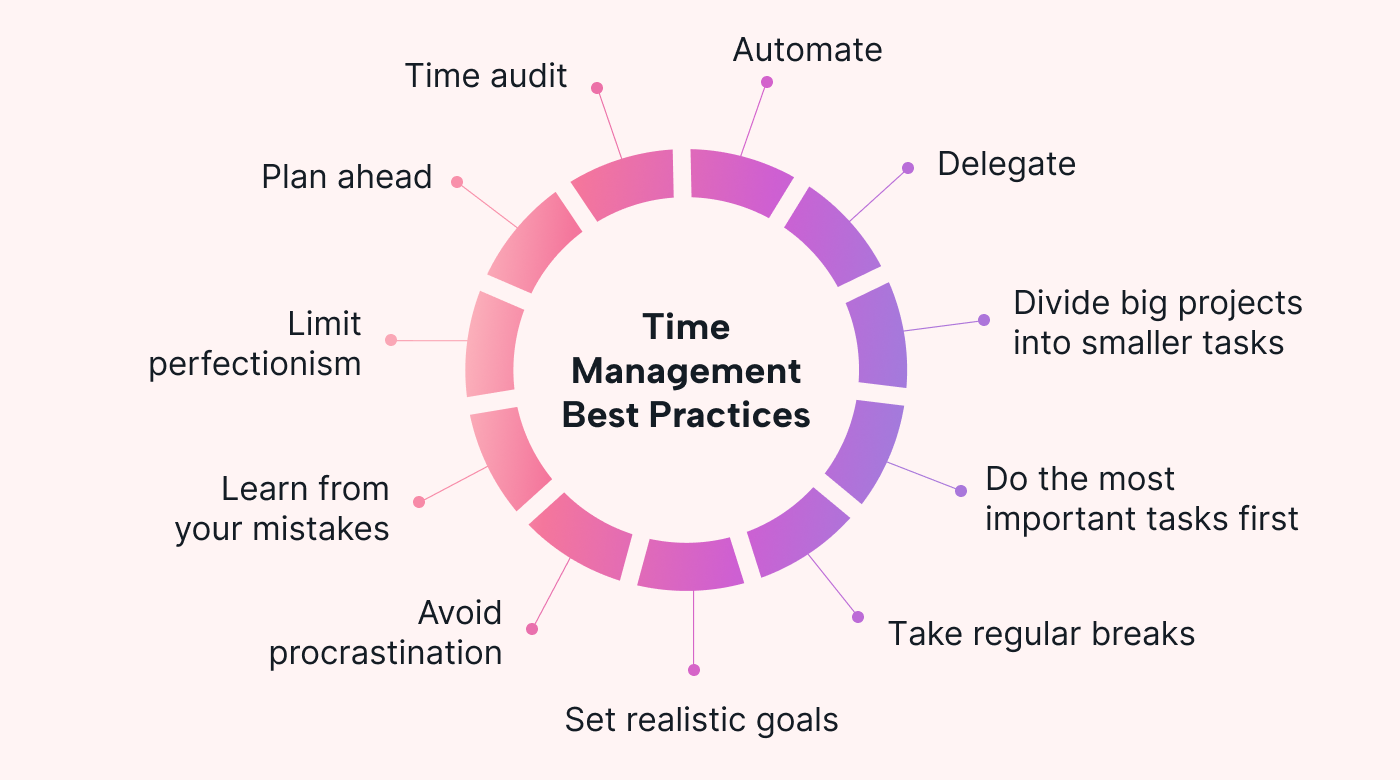
In the relentless march of modern life, effective time management is paramount. Juggling work, personal commitments, and the ever-present demands of daily existence can feel overwhelming. This is where a robust, reliable, and feature-rich calendar system becomes indispensable. Google Calendar, a free and powerful tool integrated into the Google ecosystem, offers a comprehensive solution for organizing and managing time effectively.
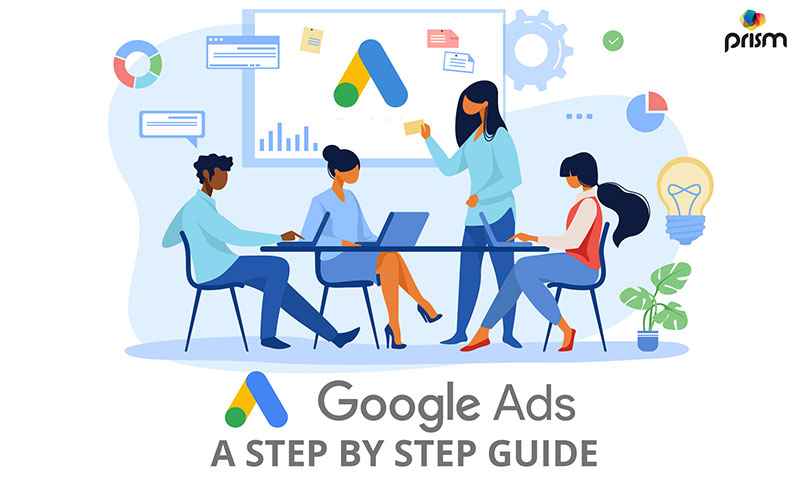
At its heart, Google Calendar is a digital calendar that allows users to create, schedule, and manage events. It operates on a user-friendly interface, accessible via a web browser or mobile app, enabling seamless synchronization across devices. The core functionality revolves around:

While the core functionality provides a solid foundation for time management, Google Calendar’s true power lies in its advanced features and integrations:
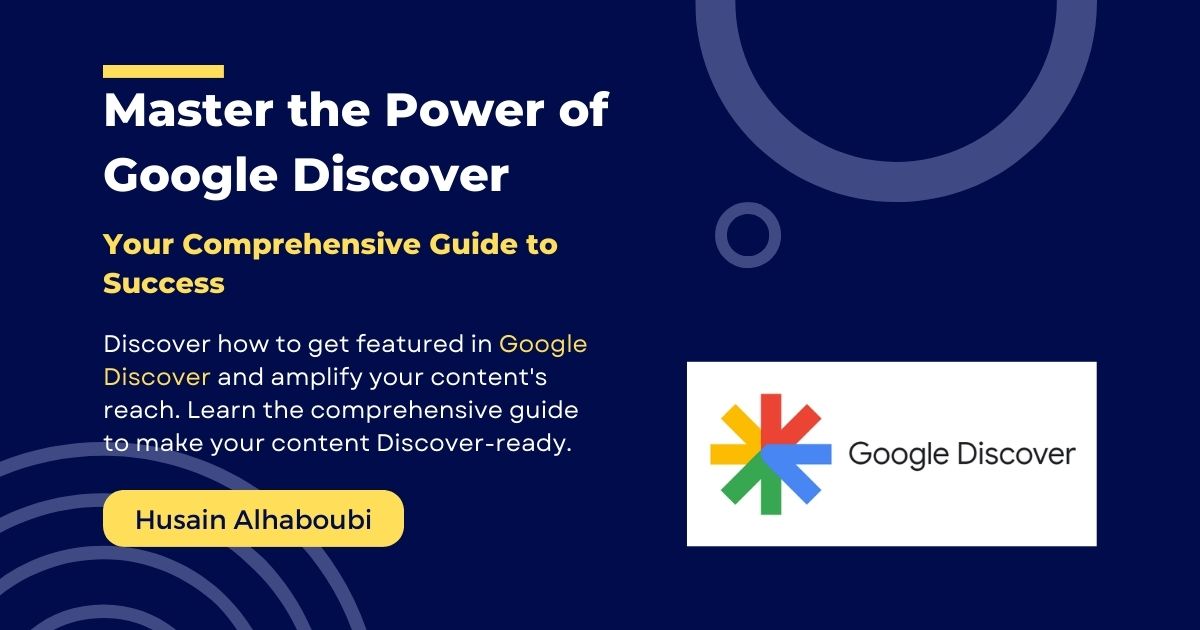
Google Calendar offers a robust API, enabling integration with a wide range of third-party applications. This expands its functionality and allows users to connect with tools they frequently use:

Yes, Google Calendar is free to use for personal accounts. However, some features, like additional storage space or advanced collaboration options, might be available through paid Google Workspace plans.
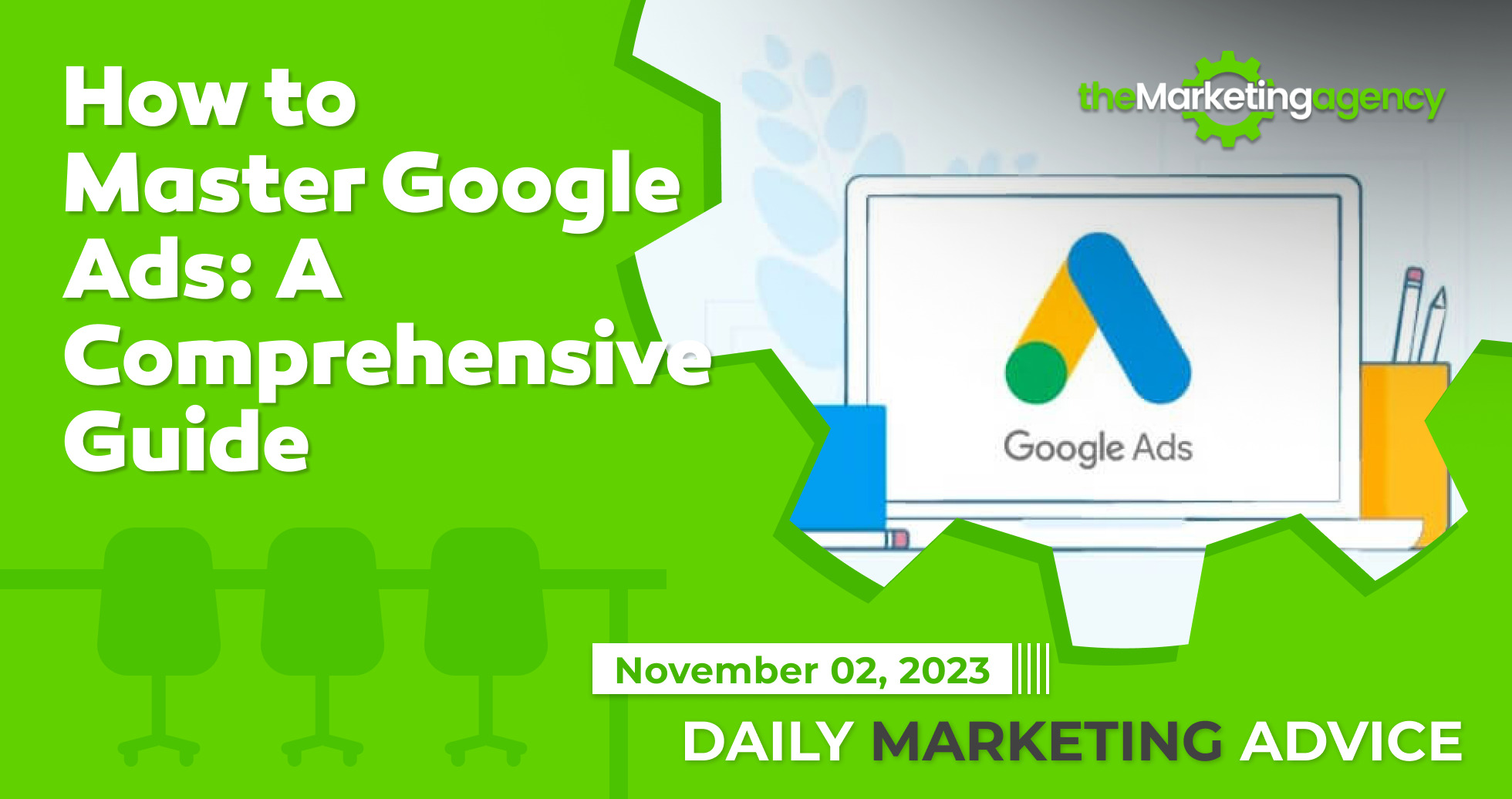
Google Calendar is accessible via a web browser at calendar.google.com or through the dedicated mobile app available for iOS and Android devices.

Yes, users can share their calendars with others, allowing them to view events, add events, or even edit events. Different sharing permissions can be set based on the desired level of access.
Reminders can be set when creating an event or edited afterwards. Users can choose the time before the event, the reminder method (email, SMS, desktop notification), and the frequency of reminders.
Yes, Google Calendar allows users to import events from other calendars, such as Outlook or iCal, using various import methods.
1. Utilize Multiple Calendars: Creating separate calendars for different categories (work, personal, family, projects) enhances organization and prevents calendar clutter.
2. Color-Code Events: Assign different colors to events based on their category or importance, allowing for quick identification and visual distinction.
3. Set Realistic Reminders: Set reminders in advance of events, allowing sufficient time for preparation and ensuring you are not caught off guard.
4. Take Advantage of Integrations: Explore and utilize the integrations with Google services like Tasks, Meet, and Gmail to streamline workflows and enhance productivity.
5. Embrace Third-Party Applications: Leverage the API to integrate Google Calendar with other tools you frequently use, extending its functionality and creating a unified workflow.
Google Calendar stands as a powerful tool for managing time effectively, offering a comprehensive suite of features and integrations. By leveraging its functionality, users can streamline their schedules, enhance organization, and maximize productivity. From simple event scheduling to advanced collaboration and integration with external applications, Google Calendar provides a robust platform for individuals and teams to master their time and achieve their goals.








Thus, we hope this article has provided valuable insights into Mastering Time: A Comprehensive Guide to Google Calendar. We appreciate your attention to our article. See you in our next article!
Your email address will not be published.